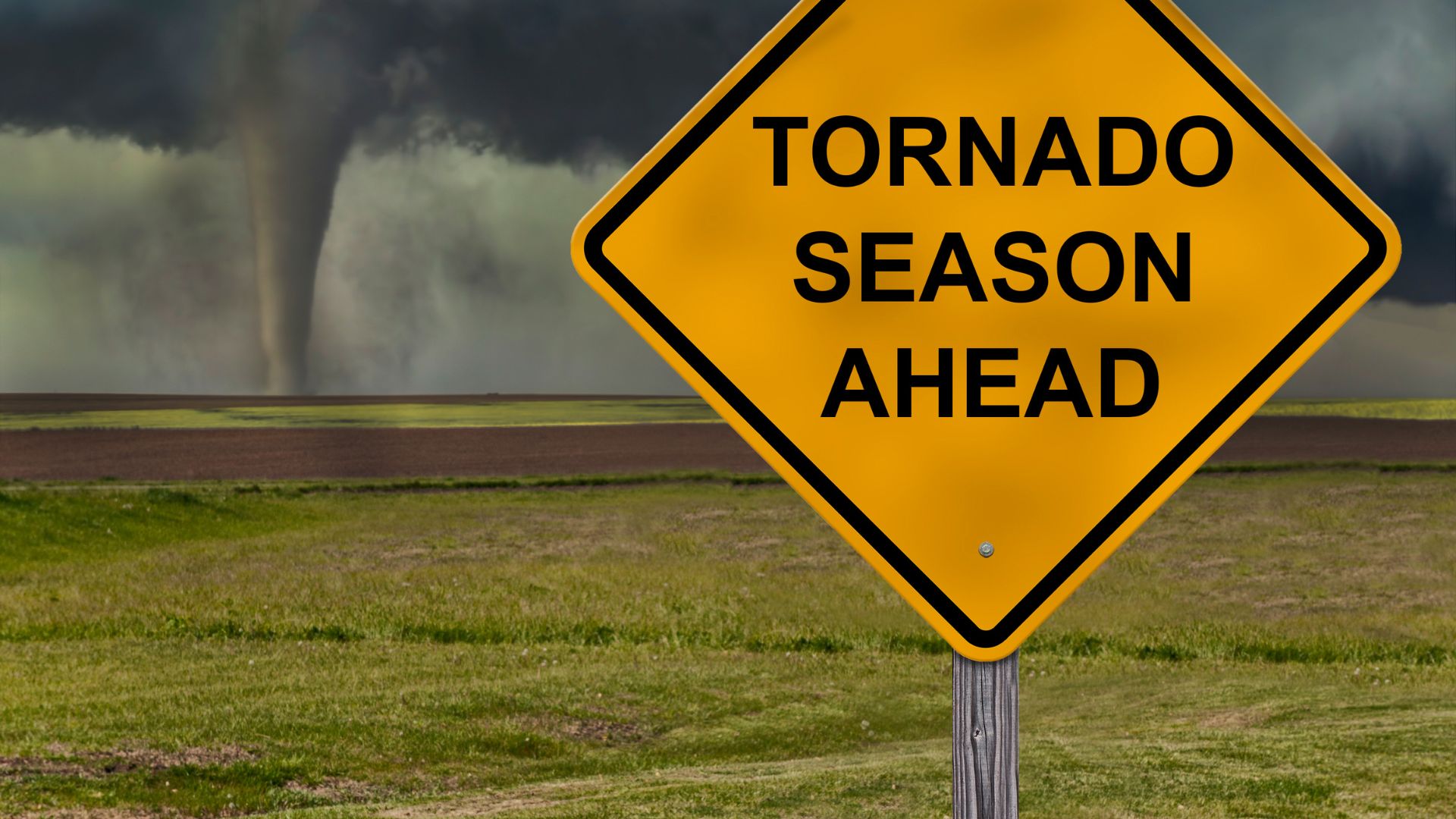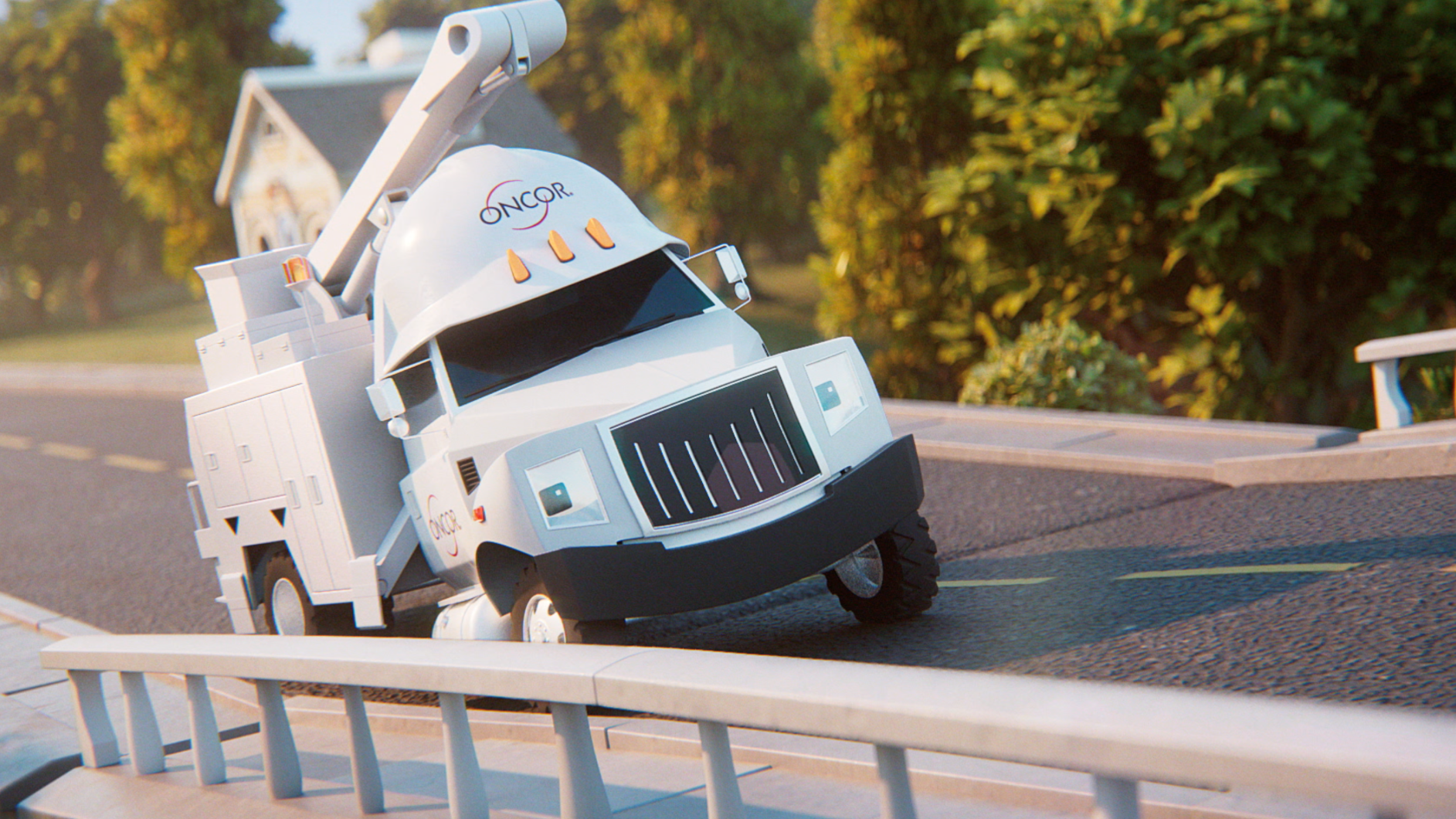-
Contact Us
-
General Inquiries/Service Requests:
- 888.313.6862
-
contactcenter@oncor.com
-
(Mon.-Fri., 8 a.m.-6 p.m. Central Time)
-
For Outages
- 888.313.4747
-
(24/7)
Being “dressed for success” has its own meaning for some Oncor employees who work with electricity and energized equipment.
Oncor employees like line workers and meter technicians are required to wear clothing marked or tagged “FR.” The FR means that the apparel -- shirt, pants, jacket, overalls and more -- is flame resistant or flame retardant.
And it can mean the difference between going home after work and being shuttled to the hospital with second- and third-degree burns.
Just ask Oncor’s Eric Dancer. During last February sub-freezing temperatures, Dancer was checking the voltage on a commercial transformer when an arc flash erupted from it. The flash engulfed Dancer in a blast of intense heat, sparks and fire.

But the Arlington, Texas Troubleman survived unscathed. He was dressed for the job.
“Every day you see something different out there, so you’ve got to keep yourself covered up,” said Dancer, a 42-year Oncor employee. “All I felt was a little bit of heat. My clothing did not burn. It was singed a little, but that was it.”
Terry Story, Manager, Corporate Safety, is Oncor’s FR clothing expert. He was a lineman and crew supervisor for 19 years, so he knows the dangers that electrical workers face each day.
An arc flash typically lasts only a fraction of a second, Story said. But a person without the proper clothing and protective equipment could suffer burns that could be fatal.
Arc Flash Dangers
“An arc flash occurs so quickly,” Story said. “It gets hot super fast. It creates a big ball of fire. And even if the FR clothes get burned, they don’t continue to burn.”
When the arc flash engulfed Dancer, he was well protected. He had donned his regular FR jeans, an FR second-layer shirt, a long-sleeve FR shirt, FR overalls and a blue FR hoodie. Plus, Dancer wore gloves, safety glasses, a face shield, his hard hat and an FR flash sock over his head.“It flashed, and it flashed so quickly,” Dancer said. “It was about as quick as you can say quick. It was probably quicker than that. It was faster than you could blink an eye. By the time it happened, it was over.”
“Had it not been for what I was wearing, it could have been a tragic situation.”
Employees should regularly inspect their FR clothing for tears, holes or excessive wear. And supervisors need to be doing the same for the entire crew, Story said.

A tear in an FR shirt or a hole in FR jeans is a way for fire or heat to cause a burn or an injury, Story said. Even an untucked shirt is against the rules.
"A big ball of fire could get up under a shirt and burn the person,” Story said.
Employees order their FR clothing online from Wayne Enterprises. In January, Oncor is adding a second vendor, Tyndale, to give employees more options.
Some FR clothing is made of 100 percent cotton or a cotton blend treated to be flame resistant. Some is made of material manufactured to be nonflammable.
The Right Clothes for the Job
FR clothing is also rated, depending on the type of work an employee will be doing. Arc rate flame resistant (AR/FR) clothing is required to have labels that clearly show the level of protection.
One rating on these garments is the CAT rating, short for CATegory. The CAT rating tells a wearer the category of protection the garment provides against injury in the event of arc flash.
There’s also a more precise measure, which is labeled in calories (CAL). Calories are the units of measure used to describe the force of an arc flash. For example, a CAL rating of 8.7 means that the garment will prevent injury when subjected to an arc flash of 8.7 calories or less.
Story said the ratings start at 4.5 CALS and go up to a 30-60 rating for a flash suit, which is a full jumpsuit with hood.
Oncor’s system is designed with devices to turn off the electricity in milliseconds if there’s a fault, such as an arc flash, Story said. “We really do a lot to prevent an employee from ever seeing that fire,” he said.
The FR clothing is for the rare occasion when it does happen. And why Dancer doesn’t leave home without it.
“You don’t go anywhere near your work without this clothing,” Dancer said. “When you think you don’t need it, that’s when you’re going to have a problem. It’s always good to expect the unexpected.”
To watch a video on arc flashes and FR clothing, click here.








